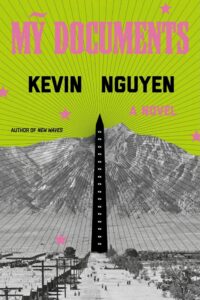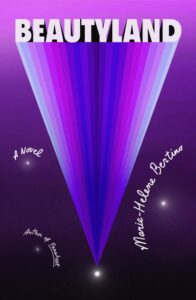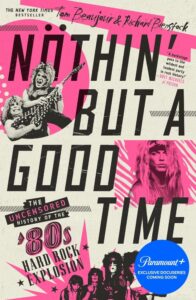Reader’s Notebook, 7/2/25

My Documents – Kevin Nguyen
Books like this can be unsettling. It is about a fictional moment in modern America, but through the worst kind of serendipity, lines up with real events we are seeing on the news these days.
The book follows an extended Vietnamese-American family that crosses several generations, specifically a set of cousins. One set of the cousins have a Vietnamese mother and appear Asian. The other have a white mother and have a less pronounced, more racially ambiguous appearance.
After a series of terrorist attacks in the US are discovered to be the coordinated acts by middle aged, Vietnamese-American men, the government rounds up nearly all Vietnamese-Americans and sends them to camps. Those that can pass as American are often overlooked. Thus the story splits, with most of the overtly Asian cousins being sent to camps and those who can “pass” being left among the general population. Via a secret network that gets goods and information in and out of the camps, two of the cousins work together to get the real story of what is happening inside the camps into the mainstream media.
Good thing the idea of our government setting up prison camps inside our own borders that are used to house specific ethnic groups is something that can only happen in a novel, right?

The Guards – Ken Bruen
Years ago I read a couple Ken Bruen novels. I keep seeing his name pop up on various crime novel lists, especially his Jack Taylor series. However, the early books in that series are not available at the Indy library so I never got into it.
Until I decided to order a few of the books from a used book store. This is where it all starts, and it is gritty, terse, and very Irish. I’ll be sticking with it. Also rip to Bruen, who died earlier this year.

Beautyland – Marie-Helene Bertino
I LOVED this book. Despite that, it’s a bit hard to explain.
Adina is born in Philadelphia at the same moment Voyager 1 is launched in 1977. It’s soon apparent she is not a normal kid. When she is given an old fax machine as a toy a few years later, she sends a message to her own phone number. Surprisingly, she gets a response, telling her to send more. In that moment she realizes she is an alien assigned to send observations of life on earth back to her home planet, via that fax machine.
We follow Adina through her life. It is an interesting journey, to understate things. She doesn’t always fit in with the people around her, but that never really bothers her. She just keeps sending her faxes. And occasionally probing for information on who she really is, where she comes from, and when the people on her home planet will come to retrieve her.
When I already like a book and it has a satisfying ending, that is like an extra large cherry on top for me. Bertino absolutely nails the ending here. I went back and read the closing paragraphs several times.
One reason I think I really connected with this so much is that there were some similarities between Adina’s childhood and mine. My parents split up later than hers did, and with less trauma, but some of the stuff she went through mirrored the years just after my parents’ divorce. She is younger than me, but there were plenty of common cultural touch points in her childhood and mine. And I also sympathized with being smart and a little socially awkward and digging holes for yourself because of that combination of traits. Although Adina is way smarter than I ever was.

Nöthin’ But A Good Time – Tom Beaujour & Richard Bienstock
I wasn’t super into heavy metal in the 1980s. I liked plenty of metal singles, the ones that cracked the Top 40, from bands like Ratt and Scorpions and Twisted Sister and Mötley Crüe and so on. I certainly enjoyed their videos, which often featured scantily clad women. I even owned a few albums by those bands. But I was never all into the scene.
So why would I read a book about that era? Because it was the most outrageous, unhinged, sin-laden part of the music world at the time, and all those bands had some SERIOUS stories. Which made this a highly entertaining, if sometimes off-color, read.
One takeaway that had nothing to do with the actual music or bands was how little music scenes pop up all the time, and get geographic centers where like minded kids gravitate to, and then if the scene takes off the whole thing get quickly overexposed. Name a sub-genre that started selling singles and albums and this always happens. It certainly did with the hair metal scene in LA.
It was also interesting what bands got pulled into this book. It was mostly LA bands, but also included east coasters like Twisted Sister and Cinderella. But Van Halen were only viewed as big brothers, never actually part of the scene. Bon Jovi gets a lot of coverage for shepherding bands like Cinderella and Skid Row into the mainstream, but there’s not a page about that band’s success despite them being the biggest band of that era. Although then the argument becomes was Bon Jovi hair metal, and what bands do and don’t fit that category. Maybe it came down to what bands the authors had relationships with, and which ones would talk to them.